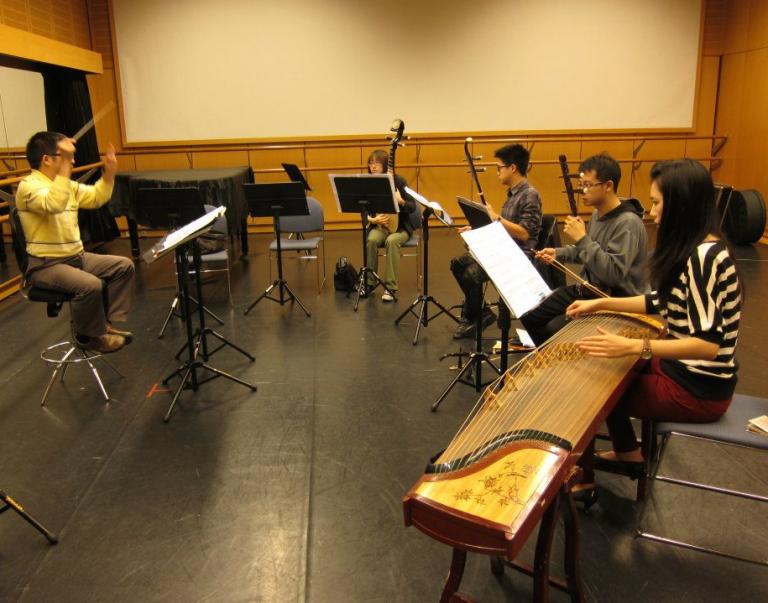Discovery of Twelve Tone Equal Temperament
2 min readChinese traditional acoustics and temperament are inextricably related. In view of the important status of rites and music in Confucianism, after Han dynasty the authorities of later dynasties laid much stress on temperament by appointing groups of officials in charge of the collection and study of the discipline to establish a Chinese traditional temperament with distinctive features.
During Ming dynasty, the development of temperament enjoyed significant breakthroughs with the Twelve-Tone Equal Temperament created by Zhu Zaiyu as the most prominent.
Zhu Zaiyu (1536-1611),a prince of the Ming court and a ninth-generation great-grandson of Zhu Yuanzhang, the first emperor of Ming dynasty, was fond of music and temperament since childhood and studied attentively calendar, mathematics and temperament. He contributed to calendar and mathematics development and wrote some works in the disciplines.

As a branch of acoustics, temperament focuses on the mathematical relationship among musical tones, including the study of methods for producing temperament, temperament systems and temperament settings(standard device to set the pitch). In ancient China,a system of twelve·12-tone bamboo pipe unearthed from the Han tomb in Changsha temperaments was adopted, and the name of each temperament corresponded with the pitch sequence,5 tones and 7 tones.
Over the past 2,000 years from the Spring and Autumn period, the method of producing temperament in China’s ancient time was the trichotomized loss-and-gain method (mathematical trichotomy to determine the relationship between the relative pitch and musical interval). As an unequal temperament, there was no relationshipof equal ratio among the produced temperaments, and thus after the 13th time of temperament production,a temperament could not return to its original tone. In order to make up for these defects, scholars of later dynasties had never stopped researching it over a period of some 2,000 years, until Zhu Zaiyu found a satisfactory solution to the problem. He established a new method without reference to the trichotomized loss-and-gain method, using his unique “secret law”that referred to the common ratio of the twelve tone equal temperament (V2) at the numerical value of 1.059,463.

Zhu Zaiyu initiated not only the twelve tone equaltemperament, but also the solution to the geometric progression using the same principle. As a result, his innovation compensated for the defect of the trichotomizedloss-and-gain method popular over the past 2,000 years and made tones with a difference of octaves relate exactly by multiple. Furthermore, the tone could now return to the first note from the last one or be modulated by temperament-tone corresponding to the ancient Chinese five-tone scale.
The innovational scale was established during 1567-1581, about 50 years earlier than the same finding by a French scholar Marin Mersenne in 1636. Theapplication of Zhu Zaiyu’s accomplishments helped open up a new chapter in the musical history of Europe. But itwas a pity that at the time it was simply laid aside and neglected by Chinese imperial court. Later however, academic circles recognized that “the crowning honor should be granted to China for the first mathematical formulization of the equal temperament”.









